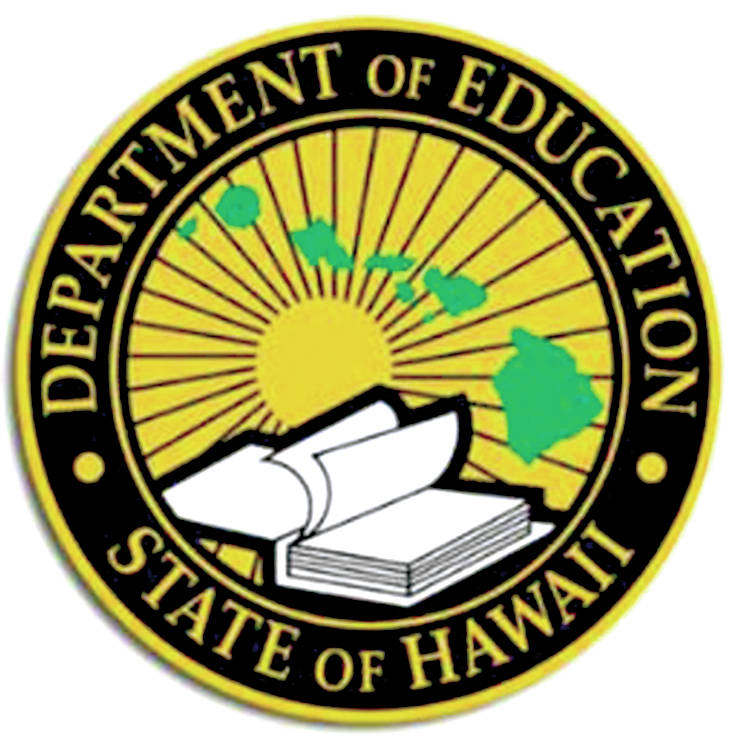The state Department of Education Tuesday announced its summer programming will be delivered through multiple platforms including in-person and distance learning as well as mobile support for students and families.
Traditional summer school programs will be done primarily via distance learning with some face-to-face options available for high-need students to comply with COVID-19 guidance from government and health officials.
“The state’s transition from the ‘Safer at Home’ phase to this new ‘Act with Care’ phase comes at a time when our complex areas and schools are preparing for blended summer learning plans. The focus of our programs over the next two months is targeted toward our high-need and hard to reach students, with added opportunities for credit advancement for our secondary students,” Superintendent Christina Kishimoto said. “We are also assessing where we can expand on system and school design models that allow for continued distance learning opportunities into the fall including the permanent expansion of E-School programs and community-centric mobile learning labs.”
The Department will be rolling out expanded summer programming primarily via distance learning, as well as in-person where deemed necessary targeted toward high-need and hard-to-reach students. There are also opportunities for credit recovery, accelerating or advancing learning and credit attainment particularly for vulnerable learners within technology-rich learning environments.
The 2020 summer learning comprises five main program areas: statewide credit recovery, statewide credit acceleration, official summer school, E-School, and school-based opportunities.
Of note, the credit-recovery program is being offered at no cost to families for students currently in grades 11 and 12. The department will provide up to 6,000 students the opportunity to take up to six courses each. The department also will offer virtual learning via 19 official summer school sites, and anticipates serving an estimated 4,000 students statewide.
Mobile learning labs that provide wifi access will be launched in four pilot locations in early June to assist students who were not fully proficient at the end of the 2019-20 school year toward advancement to their next grade level. Delivered learning will focus on English language arts/reading, mathematics, social studies and science. Pilot locations will focus on rural communities including Ka’u, where connectivity and access is a challenge.
The goal of this pilot is to transition from summer Mobile Learning Labs into permanent Micro Learning Hubs in the fall. This school design concept pushes student engagement into the communities and serves as hubs where authentic project-based learning, hands-on sustainability lessons, and applied arts can take place, while expanding wifi access.
The Grab-and-Go school meals program will be extended by four days beyond the end of the school year through June 3. The department will transition to its summer food service program, the Seamless Summer Option on June 4. Currently, there are 35 participating public school sites that will be offering breakfast and lunch. Families are advised to verify if their school locations will be serving meals on June 4 before visiting. To help supplement the department’s efforts, sponsor sites at public agencies, churches and nonprofit organizations will also serve meals to children at other locations throughout the summer. The Seamless Summer Option program runs through July 17.
Hawaii Island sites will be Kalanianaole Elementary and Intermediate, Ka‘u High and Pahala Elementary, Keonepoko Elementary, Kohala High, Naalehu Elementary, Pahoa High and Intermediate, Waiakea High and Waimea Elementary, according to the department.
To support graduating seniors who might typically be participating in extracurricular activities, community-based learning, or part-time employment, the department is working to provide a variety of summer internship opportunities within its state offices. The internships will provide a paid learning experience for recent graduates that are tied into career and technical education areas of focus. Additional information will become available in the coming weeks and internships are expected to start in June.
The department said in closing Tuesday that it continues to work closely with county and state officials on what the upcoming 2020-21 school year will look like. Education will undoubtedly be delivered much differently moving forward. The department’s long-term solutions will support students and families with technology-rich learning environments that have become an expectation during this pandemic.
“I’m excited about the HIDOE initiatives that are coming to fruition because we are an organization of professionals that learns and designs based on student and community needs,” added Kishimoto. “One in particular is a plan to launch an IT support service called Ohana Help Desk for public school families who run into difficulties setting up their computers at home. We already have a system in place for employees and will be expanding this into the community with the support of partner organizations. This is just one example of how the Department is adapting and preparing to deliver on new design models for schools and our system.”
For more information, visit www.hawaiipublicschools.org.



